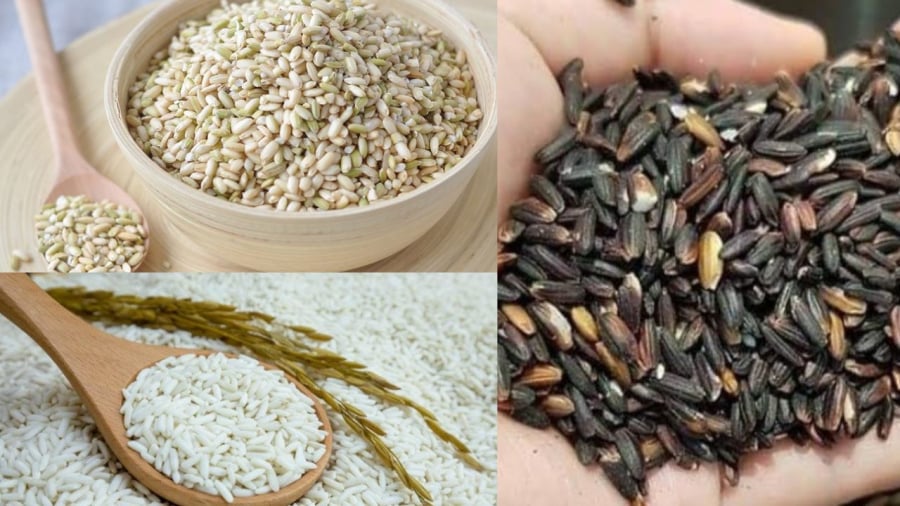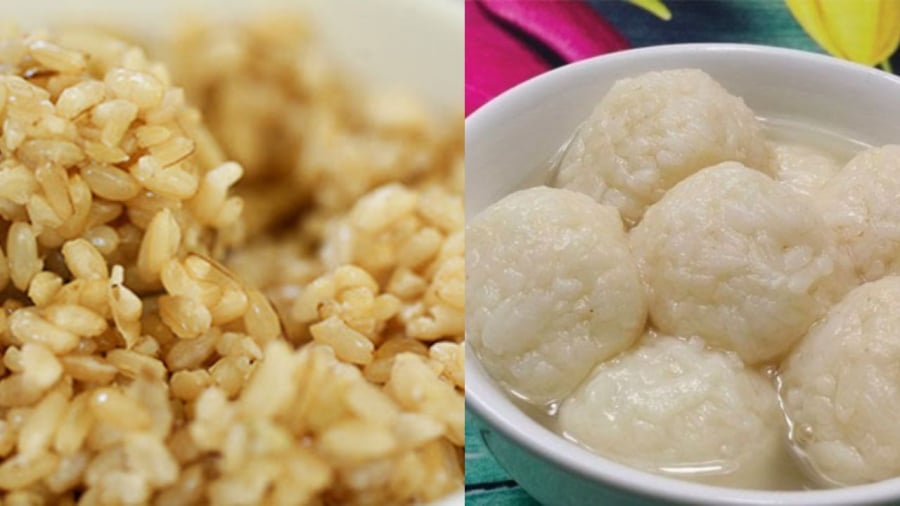Rice wine is a traditional dish commonly enjoyed during the Duanwu Festival. It has a cooling effect and aids digestion. This delicacy is typically a must-have during the festival and is also a delightful treat for hot summer days. Rice wine improves cardiovascular function and boosts immunity…. thanks to its rich nutrition and antioxidants.
Rice wine is usually made from glutinous rice, either purple or brown. When consumed, it has a sweet, sour, and slightly spicy taste. The longer it’s left to ferment, the stronger the alcohol content, and thus the spicier it becomes. A well-made rice wine should have round, intact grains, a fragrant aroma, and a sweet and sour taste with minimal spice.
It is also used as a seasoning in some dishes to enhance their flavor, such as in chicken hot pot, creating a sweet and savory broth.
In the past, most families would make their own rice wine for the Duanwu Festival. Nowadays, many people buy it from the market. Why not try making it yourself for your family to enjoy?

You can use glutinous rice (either purple or brown) or white rice, but purple and brown are more common as they result in a more intact and fibrous rice wine.
Prepare the Ingredients
– Glutinous rice (either purple, brown, or white, depending on your preference), with the amount depending on the number of family members. Typically, purple and brown rice is preferred as it results in a more intact and fibrous rice wine.
– Wine yeast. Buy good-quality yeast from the market, ensuring you have enough for the amount of rice you’re using. Generally, 4 yeast balls are used for 1 kg of rice. Be cautious not to use too much, as it will make the wine overly spicy, or too little, resulting in insufficient fermentation and a less sweet taste.
Preliminary Steps
– Soak the rice in clean water for about 8 hours or overnight. This step helps remove phytic acid, which inhibits nutrient absorption.
– After soaking, rinse and drain the rice to remove any remaining chaff.
– Cook the rice as you would normally, either by boiling or steaming. Use slightly more water than you would for white rice.
– Once cooked, spread the rice on a tray or plate to cool and loosen the grains.
– Grind the yeast and sift it through a fine mesh strainer to obtain a fine powder, removing any large pieces or chaff.

The Northern method involves spreading the rice wine mixture thinly, while in the South, it is shaped into balls and wrapped in banana leaves.
Fermenting the Rice Wine
– Once the rice has cooled, transfer it to a jar, bowl, or container. Sprinkle the yeast evenly over the rice and mix with chopsticks until well combined. Cover and store in a cool, ventilated place.
– Leave the rice wine to ferment for 3-5 days, depending on the temperature and the amount of yeast used.
– You can also form the rice wine into balls, wrap them in banana leaves, and place them in a basket, catching the drippings in a container below, following the Southern style.
Note: To ensure even fermentation, it’s recommended to mix the rice and yeast daily to prevent mold from forming on the surface.
The final product will have a sweet, spicy, and sour liquid. When you open the container, you should smell a pleasant fragrance without any harsh, overpowering alcohol fumes. If it’s too spicy, it may be due to an imbalance in the amount of yeast used.
“The Ultimate Guide to Brewing Delicious Sweet Rice Wine for Tết Đoan Ngọ”
“Com ruou” or sweet rice wine pudding is a traditional Vietnamese delicacy, especially popular during the Duanwu Festival. It’s a festive treat and a healthy delight for your family to indulge in.
This delicious pudding, made with glutinous rice and rice wine, is a perfect blend of sweet and savory flavors. A true culinary masterpiece, it’s a must-try for any food enthusiast. So, this festive season, why not try your hand at making this delectable treat in your own kitchen? It’s a fun and rewarding experience that will surely impress your loved ones.



































